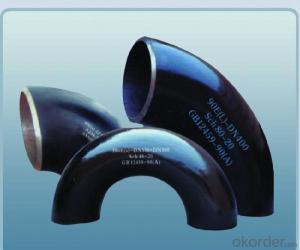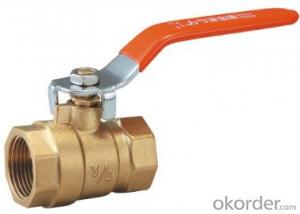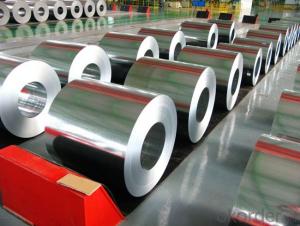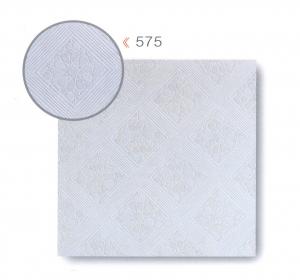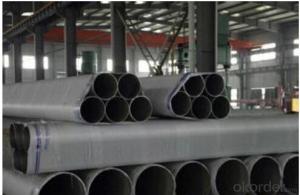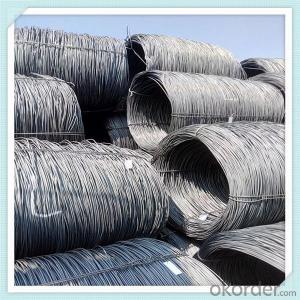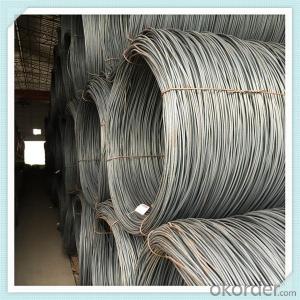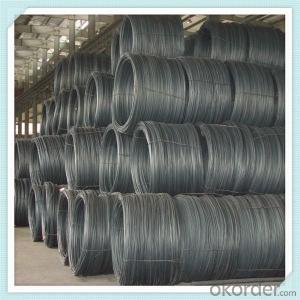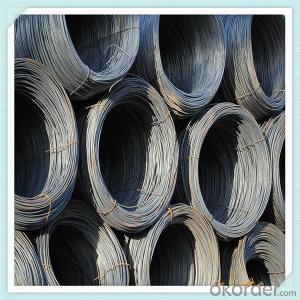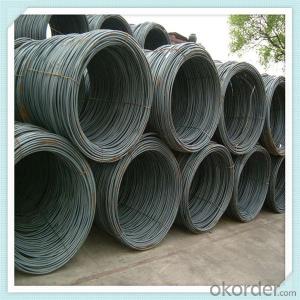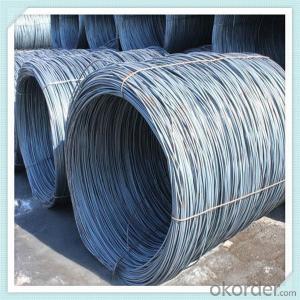Solder Stainless Steel
Solder Stainless Steel Related Searches
Best Paint For Stainless Steel Blanket Insulation For Steel Buildings Primer For Galvanized Steel Foam Filter For Stainless Steel H S Code For Stainless Steel Surface Grinding Wheels For Stainless Steel Surface Grinding Wheels For Hardened Steel Hole Saw For Stainless Steel Paint For Stainless Steel Stainless Steel For BbqHot Searches
Steel Mesh Panels For Sale Price For Stainless Steel Scrap Scrap Price For Stainless Steel Price For Stainless Steel Stainless Steel Tank For Sale Stainless Steel Sheets For Sale Cheap High Tea Sets For Sale Stainless Steel Tanks For Sale Stainless Steel For Sale High Density Fiberboard For Sale Solar Hot Water Collectors For Sale Scaffolding For Sale In Uae Scaffolding For Sale In Ireland Scaffolding For Sale In Houston Type Of Inverter For Solar Price Of Shipping Containers For Sale Types Of Inverter For Solar Stock Price For Aluminum Used Solar Inverter For Sale Steel Mesh Panels For SaleSolder Stainless Steel Supplier & Manufacturer from China
Okorder.com is a professional Solder Stainless Steel supplier & manufacturer, offers integrated one-stop services including real-time quoting and online cargo tracking. We are funded by CNBM Group, a Fortune 500 enterprise and the largest Solder Stainless Steel firm in China.Hot Products
FAQ
- Use of high carbon steel wire rods
- High carbon steel wire rod is made of high quality carbon structural steel. It is one of the larger varieties of wire rod.
- The main factors affecting the energy efficiency of steel wire rod production include the type and quality of raw materials used, the efficiency of the production process, the technology and equipment utilized, the management practices implemented, and the level of energy conservation measures in place. Additionally, factors such as the design and maintenance of the production facilities, the skill and training of the workforce, and the overall energy management strategy of the company also play a significant role in determining the energy efficiency of steel wire rod production.
- Steel wire rod is used in the manufacturing of wire forms for display racks as it serves as the primary raw material. The rod is first heated and then drawn through a series of dies to reduce its diameter, resulting in a long, thin wire. This wire is then further processed and manipulated to create various wire forms, such as hooks, shelves, and grids, which are used to construct the display racks. The strength and durability of steel wire rod make it an ideal choice for supporting and displaying various products in retail environments.
- Oil tempered and tempered steel wire rods have a wide range of applications in various industries. Some of the common applications include: 1. Springs: Oil tempered and tempered steel wire rods are widely used in the manufacturing of springs. The high tensile strength and excellent durability of these wire rods make them ideal for different types of springs, including compression springs, extension springs, and torsion springs. These springs are used in automotive, aerospace, and industrial applications. 2. Wire ropes and cables: Oil tempered and tempered steel wire rods are also used in the production of wire ropes and cables. The high strength and resistance to wear and fatigue of these wire rods make them suitable for applications where heavy loads and high tensile strength are required, such as cranes, elevators, suspension bridges, and mining equipment. 3. Fasteners: Another common application of oil tempered and tempered steel wire rods is in the manufacturing of fasteners, such as bolts, screws, and nails. The strength, toughness, and corrosion resistance of these wire rods ensure the reliability and longevity of fasteners in various construction and industrial applications. 4. Automotive components: Oil tempered and tempered steel wire rods are extensively used in the automotive industry for the production of various components. These wire rods are used in the manufacturing of engine valve springs, clutch springs, suspension springs, and braking systems. The high performance and durability of these wire rods make them suitable for demanding automotive applications. 5. Wire mesh and fencing: Oil tempered and tempered steel wire rods are also utilized in the production of wire mesh and fencing. The strength and resilience of these wire rods make them suitable for creating durable and secure barriers in agricultural, construction, and industrial environments. Overall, oil tempered and tempered steel wire rods have numerous applications due to their high strength, durability, and resistance to wear and fatigue. These wire rods are widely used in springs, wire ropes, fasteners, automotive components, and wire mesh/fencing, contributing to the efficiency and reliability of various industries.
- Steel wire rod is typically priced in the market based on various factors such as global supply and demand, production costs, raw material prices, and market competition. Additionally, factors like quality, size, and delivery requirements also influence the pricing of steel wire rod. Overall, it is a dynamic process where market forces play a significant role in determining the price of steel wire rod.
- The tensile strength of steel wire rod is typically tested using a method called the tensile test or the tension test. This test is performed to determine the maximum load or force that the wire rod can withstand before it breaks or fails under tension. In the tensile test, a representative sample of the steel wire rod is prepared by cutting it into a specific length. The sample is then placed in a testing machine called a tensile testing machine or universal testing machine. This machine consists of two jaws, one stationary and one movable, which grip the ends of the wire rod securely. Once the sample is properly positioned in the testing machine, the movable jaw is pulled away from the stationary jaw, exerting a gradually increasing force on the wire rod. The machine measures the force applied to the sample and simultaneously records the resulting elongation or deformation of the wire rod. During the test, the force and the elongation are continuously monitored until the wire rod fractures. The maximum force applied just before the fracture occurs is recorded as the tensile strength of the steel wire rod. This tensile strength value indicates the maximum load or stress that the wire rod can endure without breaking. To ensure accurate and reliable results, multiple samples are usually tested to account for any variability in the material properties. The average of these results is then taken as the representative tensile strength of the steel wire rod. Overall, the tensile strength of steel wire rod is determined through a controlled testing process using a tensile testing machine, which measures the maximum force applied to the sample before it fractures, providing valuable information about the material's strength and performance.
- The manufacturing of wire forms for window screens relies heavily on steel wire rod. This material serves as the fundamental element for constructing the wire mesh structure that makes up the screen. To start, careful consideration is given to the selection of the steel wire rod based on its quality and properties. The rod must possess specific qualities such as tensile strength, elasticity, and resistance to corrosion in order to ensure the durability and longevity of the window screen. Once the appropriate steel wire rod is obtained, it undergoes a series of manufacturing steps. Initially, the rod is thoroughly cleaned and then passed through a series of dies to reduce its diameter to the desired size. This process, known as wire drawing, is essential for achieving a finer wire that can be easily shaped into the desired form. Following wire drawing, the steel wire typically undergoes further processing through galvanization or coating. This step involves the application of a protective layer of zinc or other coatings to enhance the wire's resistance to corrosion and prolong its lifespan. The galvanized or coated wire is then subjected to additional processing to eliminate any excess coating and ensure a smooth surface. Ultimately, the processed steel wire is prepared for the formation of window screens. The wire is fed into wire forming machines, where it is shaped into the desired form, such as a rectangular or square mesh pattern. With great care, the wire is woven or welded together to create a robust and secure structure capable of withstanding external forces and effectively guarding against insects and debris. In conclusion, steel wire rod plays a vital role in the production of wire forms for window screens. It provides the necessary strength, durability, and resistance to corrosion required for a top-quality screen. Through various manufacturing processes, the steel wire rod is transformed into a finely drawn wire and then shaped into the desired form, resulting in a dependable and functional window screen.
- The choice of payment refund options for steel wire rod orders can be influenced by a variety of factors. However, there are several common factors that play a significant role in this decision-making process, including: 1. Supplier Reputation: A crucial factor is the reputation and trustworthiness of the supplier. Buyers often choose payment refund options that provide a sense of security in case of any issues or disputes with the supplier. 2. Order Volume and Value: The size and value of the steel wire rod order can impact the choice of payment refund options. Larger orders with higher values may require more secure refund options to mitigate potential financial risks. 3. Payment Terms and Conditions: The payment terms and conditions set by the supplier can also influence the choice of refund options. Some suppliers may offer specific refund options based on their preferred payment methods, such as bank transfers, letters of credit, or escrow services. 4. Buyer's Financial Capability: The financial capability of the buyer can also determine the choice of refund options. Buyers with limited financial resources may opt for payment refund options that offer flexibility and minimize risks, such as installment payments or delayed payment terms. 5. Delivery and Quality Assurance: The reliability and quality assurance provided by the supplier can impact the choice of refund options. Buyers may prefer refund options that allow them to inspect the steel wire rod upon delivery and ensure compliance with the agreed specifications before making full payment. 6. Market Conditions and Competition: Market conditions and competition among suppliers can influence the choice of refund options. Buyers may consider refund options that are more favorable or competitive in the market, such as cash discounts or rebates. 7. Legal and Regulatory Considerations: Legal and regulatory requirements in the buyer's jurisdiction can also affect the choice of refund options. Buyers may opt for refund options that comply with local regulations and provide legal protection in case of any disputes or non-compliance. Buyers should carefully evaluate these factors and assess their specific needs and preferences before deciding on the most suitable payment refund options for their steel wire rod orders.




















